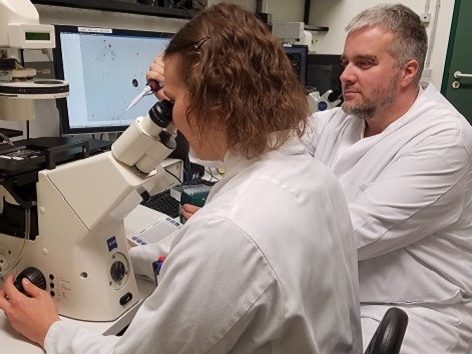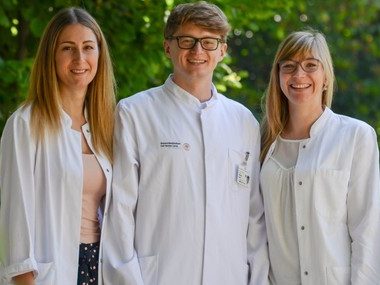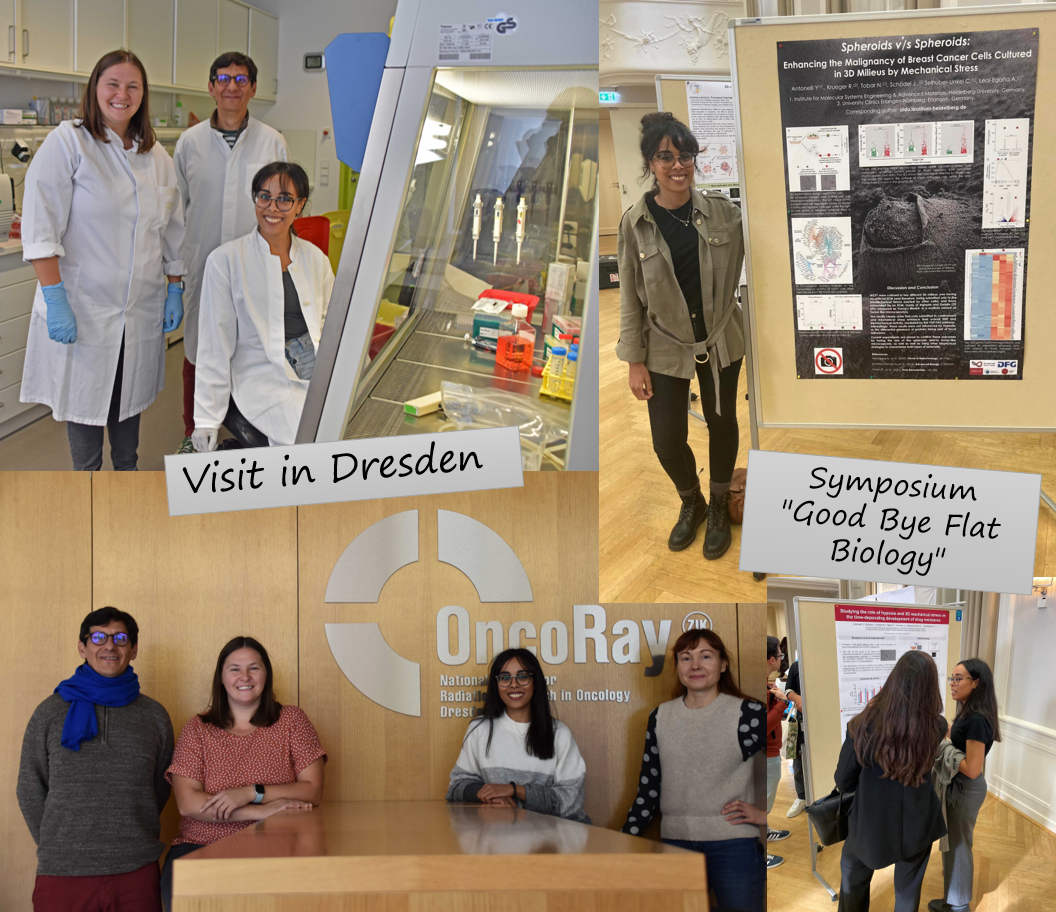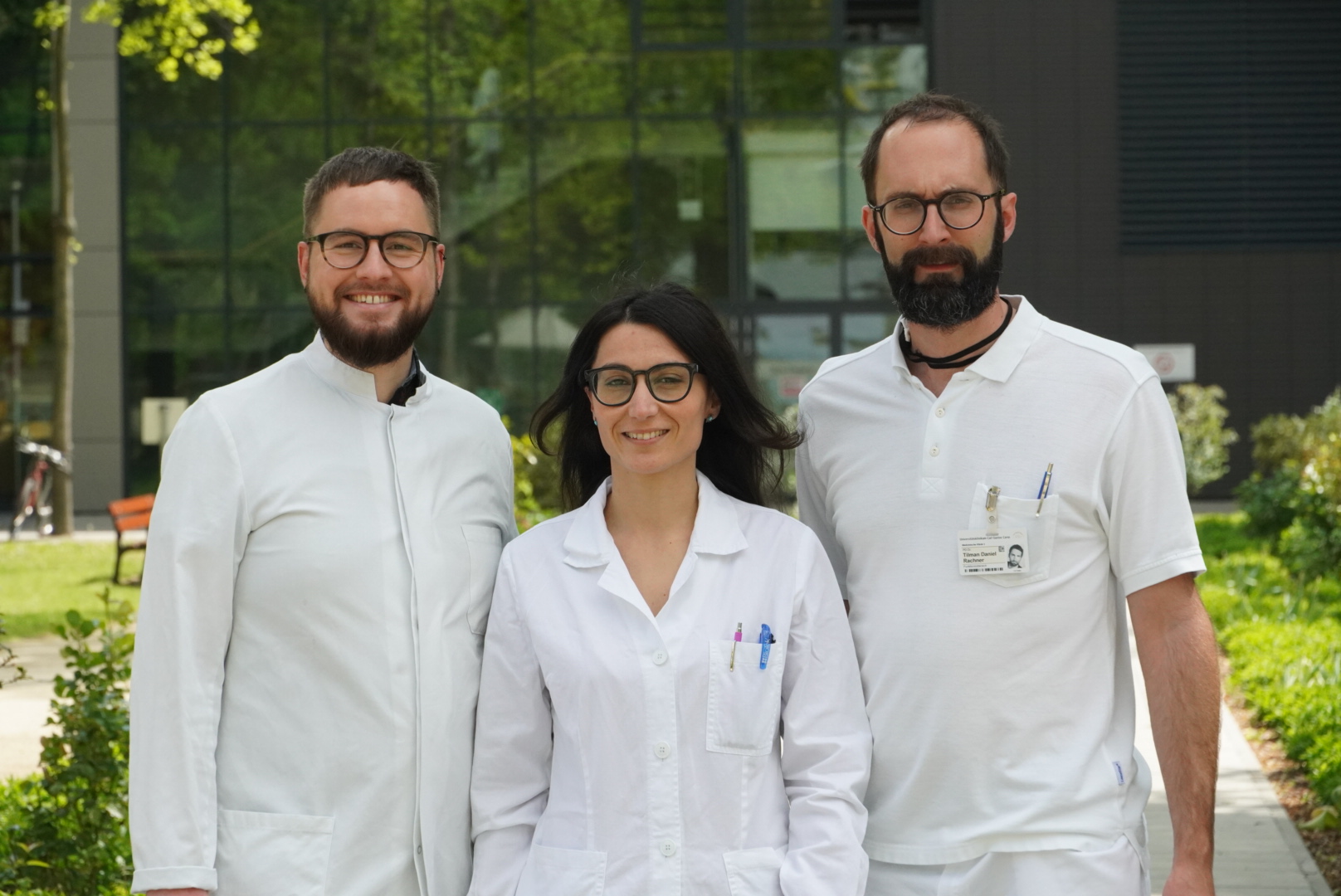by Susanna Lissek, Miodrag Guzvic and Christoph Klein (University Regensburg)
Susanna M. Lissek recently started as PhD student in the lab of Dr. Miodrag Guzvic and Prof. Christoph Klein (Experimental Medicine and Therapies at the University Regensburg) with the goal to establish an in vitro model to study the interaction between the bone marrow niches and early disseminated prostate cancer cells.
“I always wanted to do cancer research, but with a special focus on the establishment of new in vitro models. I think the development of new 3D in vitro models is extremely important to simulate as close as possible the complex microenvironment of a human body. I therefore prefer working with patient-derived samples for my studies, rather than immortalized cell lines. Fortunately, our lab closely collaborates with clinicians, which allows us to do research ‘close to the patient’” Susanna said, when asked why she is doing her PhD in Regensburg.
Disseminated prostate cancer cells spread to distant sites before excision of the primary tumor. These cells home to the bone microenvironment where they can stay dormant for many years before reactivating and forming metastases. By simulating the bone microenvironment in vitro, our project aims to identify factors responsible for the progression of an early-disseminated cancer cell into a colony-forming metastatic cell.
As cooperation and exchange with other scientific groups is important for a successful project, Susanna had the chance to visit the Netherlands. There, she learned the in vitro 3D bone marrow niche-model recently developed by Dr. Maaike Braham in the lab of Prof. Jacqueline Alblas at the UMC Utrecht.
“It was extremely helpful to learn firsthand from the person who developed the model and not only by reading the publication. The next step is to adapt this model for the cultivation of early-disseminated prostate cancer cells. Further processing bone marrow samples from prostate cancer patients allows us to screen for those rare cells”, explained Susanna.




